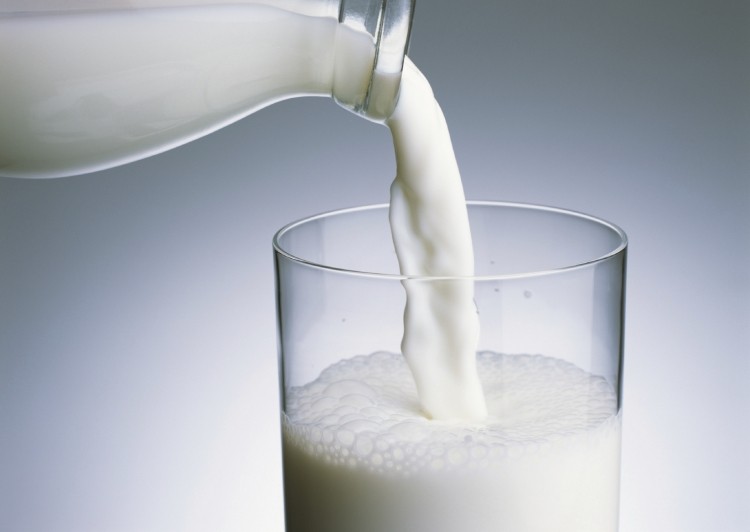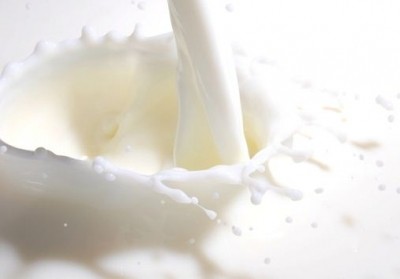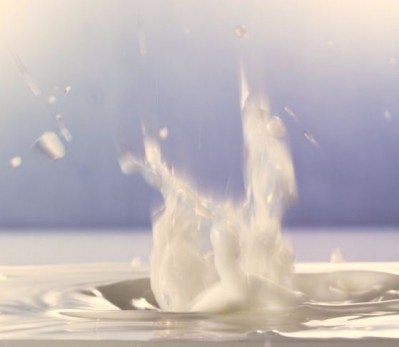New Zealand dairy industry growth slowdown due - Rabobank

Over the last 10 years, milk production has increased in New Zealand by almost 50%.
Fonterra, which is the world’s biggest dairy exported, reported a 10% milk production year –on-year increase for the 2011/12 season alone.
According to the Rabobank report, NZ Dairy – From a torrent to a trickle, New Zealand’s emergence as the world’s largest dairy exporter has led to many questioning how much more milk the country can possible produce.
“Wave of growth”
The New Zealand dairy industry has “ridden a wave of growth” over the last decade as milk production growth has gone through the roof.
But, according to the Rabobank report, this growth will no longer be driven by increasing the number of dairy cows in the national herd. Instead productivity improvements will drive growth, as farmers strive to extract greater production per cow.
“While forecasted growth of 30% over the next 10 years is considered rapid by most industry measures, it will be pedestrian by recent New Zealand standards,” said Rabobank senior analyst Hayley Moynihan, who wrote the report.
“The heady days of more than 300 new farm conversions nationally in a single season are over. While a window of opportunity is likely to remain for a while yet in Canterbury on the back of their irrigation developments, future growth is likely to come from increase production per cow.”
According to Moynihan, New Zealand-based dairy farmers will instead need to look at how to squeeze productivity gains from their existing herds.
Growing export demand
She added that as a result, processors will be forced to change their strategies as they struggle to keep pace with growing export demand.
“Importers reliant on New Zealand product are likely to seek greater breadth in product origin, while competing exporters may see opportunities if New Zealand exports are unable to keep pace with growing demand,” said Moynihan.
The report added that this will coincide with the 2015 European Union (EU) milk quota abolition.
Milk production in the EU is expected to increase by between 55% and 60% in the five years following the abolishment.
A number of EU-based dairy processors have stated their intentions to improve and expand processing facilities in anticipation of the 2015 abolition and with a view to boosting export revenue.








